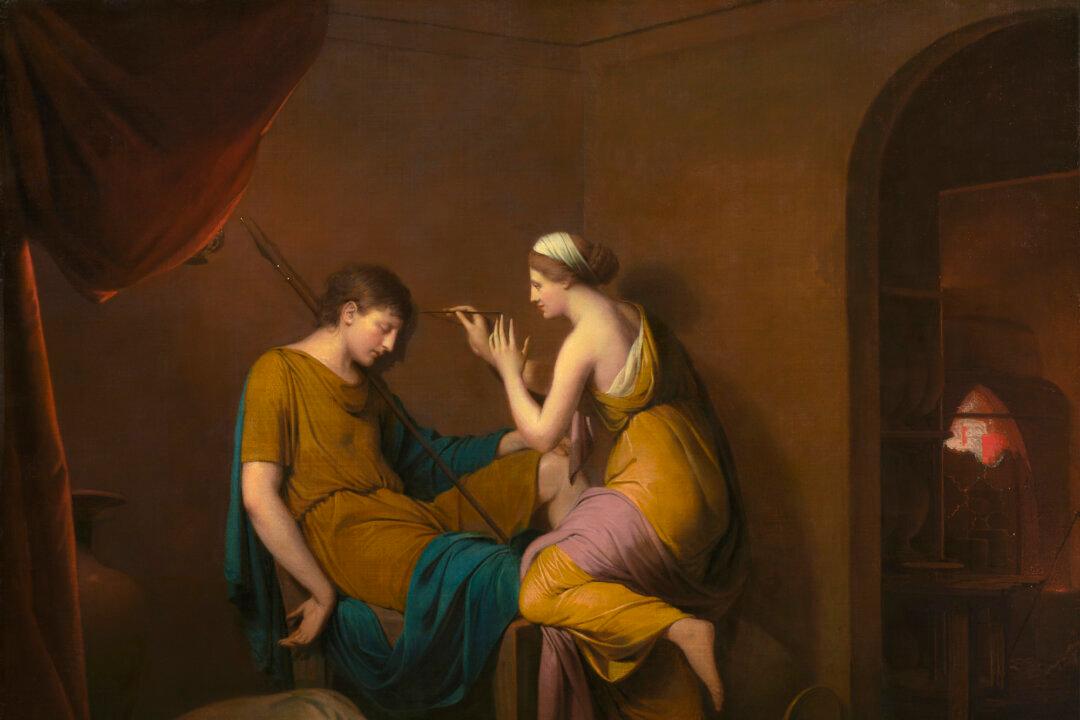“Parting is such sweet sorrow,” said Shakespeare’s Juliet, expressing in a few short words a romantic sentiment that endures.
In ancient Greece, a Corinthian maiden must have felt such sadness when her loved one was about to leave. According to the ancient Greek writer Pliny the Elder, she traced the shadow of her beloved’s face on the wall behind him as he slept. On seeing the outline, her father, the potter Butades of Sicyon, used the outline to build a portrait of his daughter’s beloved by pressing clay onto the surface of the wall, creating the first clay model portrait called a bas-relief sculpture.






